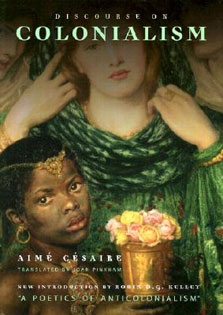About The Book
Santa Maria is the story of two families caught up in the turmoil of the transitional period of the 1850's in California when Mexican rural society is...
Read more
turned upside down. Rancheros fight to keep their holdings, citing the Treaty of Guadalupe-Hidalgo, while newcomers seek land and power. The struggles of the Prescotts and the Uribes in Santa Maria serve as a microcosm of the overall clash of cultures in the newly acquired territories. The author presents the attitudes and conflicts evenhandedly, without shying away from the realities of the times. The outrage of the invaded as well as the righteous arrogance of the invaders are boldly drawn. History is history, and like many modern historians who report events honestly, good or bad, Fausto Avendaño is loath to sugarcoat California's past. Yet, for all of the ethnic distrust and animosity among the players, cooperation and even love are possible. Santa Maria gives the reader a tour of the California landscape during a critical time in the Golden State. Squatters, bandits, land barons, newly arrived immigrants and gold seekers from around the Globe are part of said landscape. Conflict is an important part of the novel, but the love story that eventually unfolds becomes the centerpiece of the story. The book's Hispanic perspective makes it unique. It portrays its characters accurately for their time period and culture.
Hide more

